In the Spring of 2008 I taught Wichita State University’s Assembly Language Programming for Engineers course. As explained in the syllabus, the course used the Z80 microprocessor and the GameBoy platform to introduce general concepts of computer architecture, machine and assembly language programming. Students practiced the ideas and concepts introduced in the course with programming projects on the GameBoy. For their final project students in the course wrote a game. We then held a celebratory public event where kids of all ages could play all the games.
Similar Posts
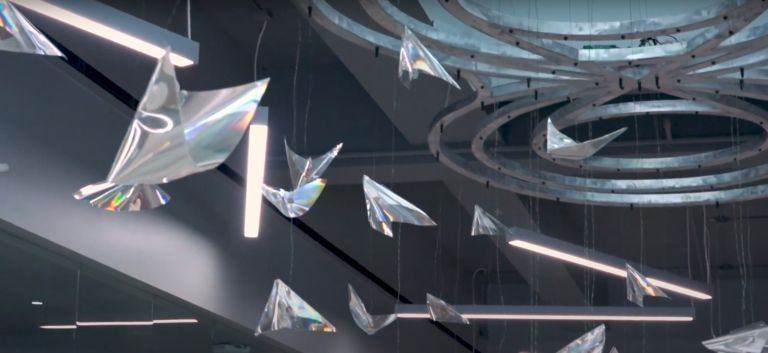
Avian Migration
In 2018 I collaborated with Artist Lisa Rundstrom and artist/engineer Tom McGuire to create the public art sculpture, Avian Migration at Wichita’s new Advanced Learning Library. Avian Migration consists of more than 1,300 LEDs controlled by 8 motion-activated sensors spread throughout the library. I was primarily responsible for the development and implementation of the software…
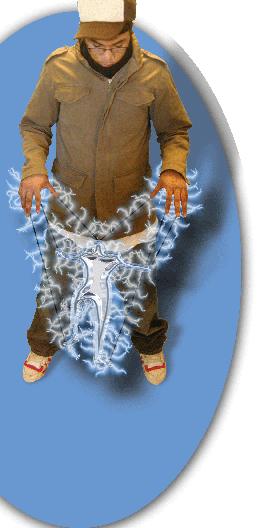
Digital Puppetry
I worked with a team of colleagues, community members, and urban youth. Our intention was to help the youth learn in a playful environment, find personal self-expression, and have their voices heard by communities in Boston. To do this, we adapted commercially available technology to provide a unique medium: digital puppetry.
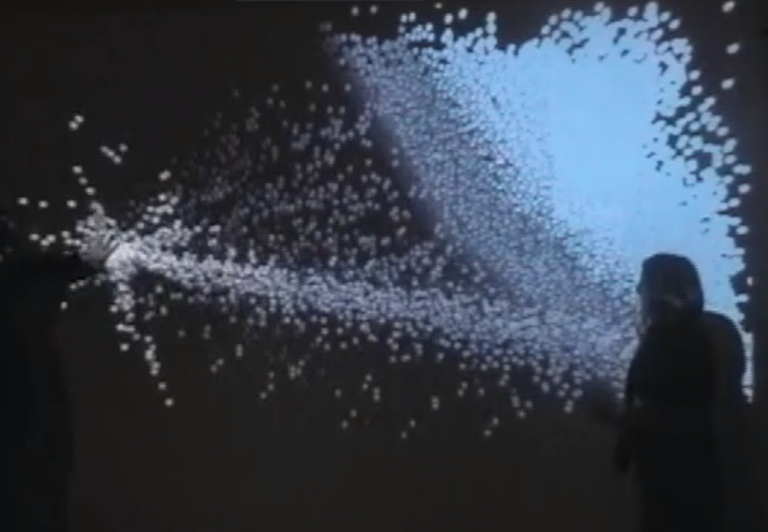
Touch #1
In 2012 I created my first interactive touch wall: Touch #1. The work built on my experience creating the visuals for Still Life and was largely inspired by seeing autistic children experiencing pure joy while interacting in an immersive environment. Touch #1 received a great response and was later installed at Exploration Place and at…
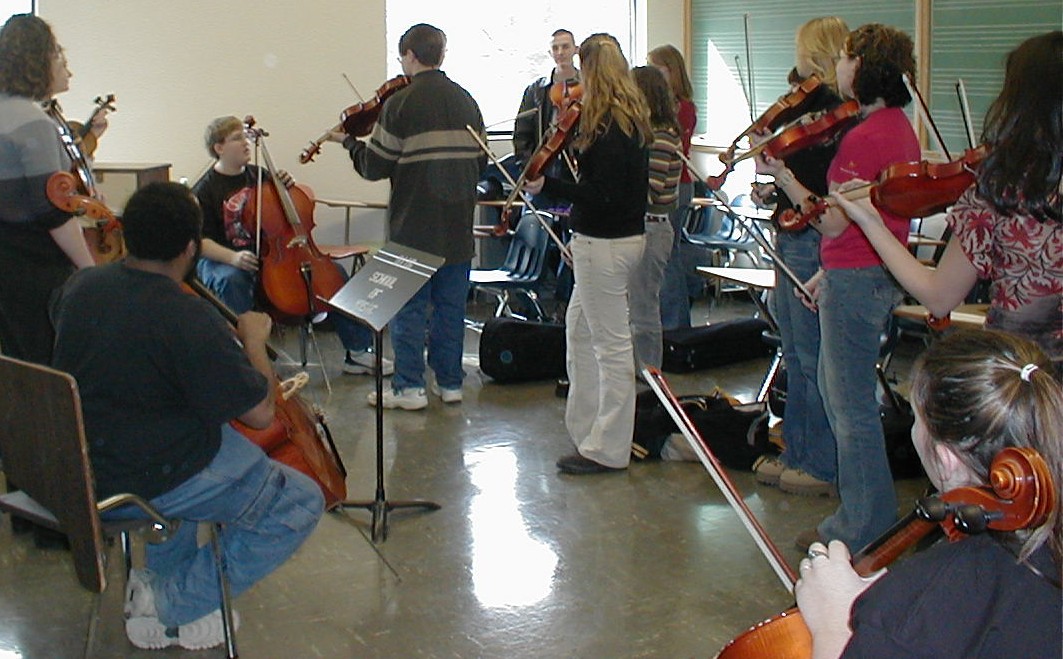
String Improvation
In 2001 I founded Wichita State University’s String Improvisation Department and established WSU’s yearly String Improvisation Day each year, an introduction to string improvisation for string players who had little or no experience with improvisation. I then expanded our String Improvisation program with a new grant-funded initiative: Sharing Music Sharing Culture (SMSC) which connected The Irish World Music Center students and faculty with WSU.
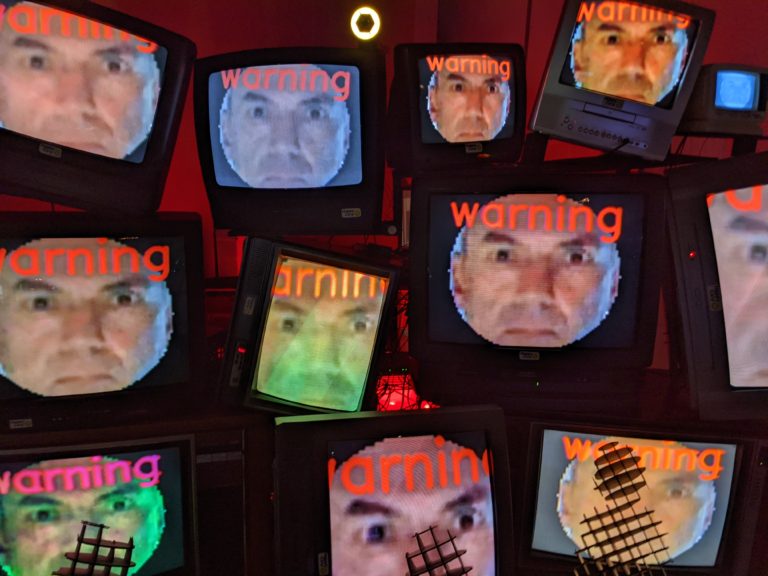
TV Mountain
TV Mountain is an art piece which was initially installed as part of TechArtICT’s Dreamgrass installation at Exploration Place Fall 2022. It consisted of 12 TVs at various angles and orientations, together forming a jumbotron. As part of Dreamgrass, it subjected faceless child-like objects to a litany of 80s commercials. The working remote enjoyed a…
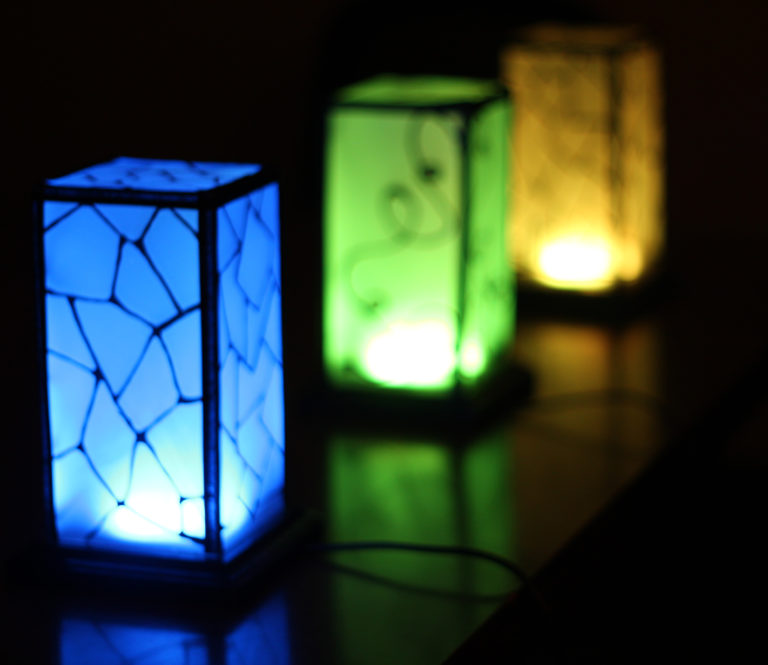
Technology for Humankind, Filimin, and Friendship Lamps
From 2015 through 2021 I was the founder and owner of Technology for Humankind DBA Filimin, makers of the Friendship Lamp. During my tenure the company grew to over 40 employees with annual revenue of over 3 million in less than 6 years. Filimin was conceived from my invention of the Friendship Lamp as a…